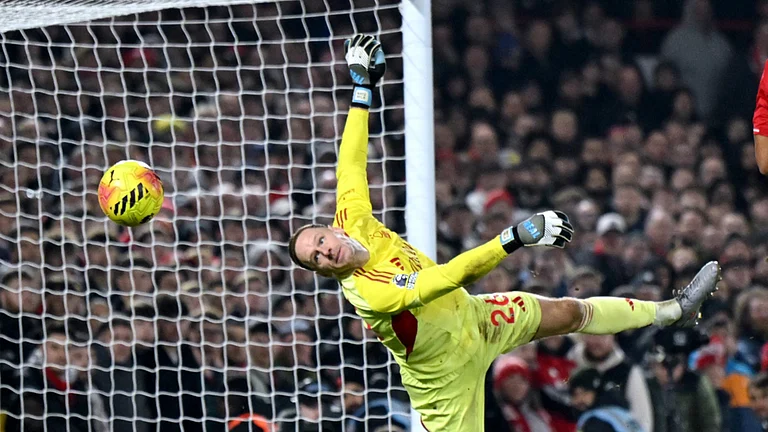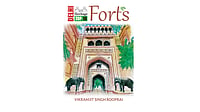In its own way, Calcutta is a tale of two cities, whether it is White Town and Black Town, as Indrajit Hazra mentions, or whether it is the second city of the British Empire and, post 1911, a city on the road downhill. Delhi and Calcutta have certain things in common, as anyone reading Rana Dasgupta’s Capital and comparing it with Grand Delusions will discover.
A tendency to violence, for example, which came early to Delhi and, according to Hazra, in the wake of Mahatma Gandhi, to Calcutta. A tendency for the once rich to be poor and for outsiders to be marginalised. For the government to grab land without warning and displace the settlers, if required. Capital cities presumably share these qualities, even if they no longer are capitals or, apparently, even cities. Calcutta also has the merit of being one of the most talkative and assertive of places.
Hazra starts with that piece of graffiti known to many Calcuttans, about the sun going round the earth. Scrawled by K.C. Paul, who Hazra feels best represents a city obsessed with many kinds of delusions—by 1988, Paul had spent nearly Rs 1 lakh on pamphlets and graffiti and failed to convince NASA of his theory.
The city Hazra describes is ‘Kolkata’, as it became in 2001. And his Calcutta dates from the troubled times of the 1970s, when Naxalites killed in police encounters were dumped in Beleghata’s Subhash Sarobar.
Everyone has their own Calcutta and Hazra’s is the underbelly, where rats scuttle round the floor of Park Street’s legendary Olypub. Political violence runs like a fever through it, whether the CPI(M) spearheaded by Jyoti Basu or the TMC government under Mamata Banerjee, who once charmed Hazra by tying a rakhi to his wrist. All to the syrupy trickle of Rabindrasangeet.
The subjects Hazra covers are those that any sensitive writer writing about Calcutta today would. Like food. Hazra confesses that he is no lover of Calcutta’s famous mishtis and prefers to cover the fried snacks served in the ubiquitous ‘kebins’ in a chapter dedicated to Aqua Ptychotis. Durga Puja and Ma Kali obviously feature, perennials which are more a way of life, Hazra says, than spirituality. It’s certainly true of the great autumn festival. The topic of cinema takes in Bengal’s modern directors with a nod to Ray. Hazra also throws in what the Bengali would mispronounce as ‘the bridges on the Howrah breeze’ and Bengalis’ love for good-luck stones.
According to Hazra, the grand delusion lies in the fact that Calcutta thought it was a city when it was actually a village and the British were deluded when they set it up. Whatever the British did or did not do, there is no arguing the fact that today the city is a backwater, with old firetrap buildings and civil war of a sort in the districts with violence against women as the fall-out. A once capital that has shrunk to half-size.
Grand Delusions is at its strongest when Hazra covers the modern political landscape, talking about how CPI(M) goons, “the rats at the bottom of the barrel”, have merely changed sides and continued their reign of terror. It is probably at its weakest when it leaves out that eternal Calcutta favourite loved by Khrushchev and advertised by Tagore—mishti doi!


























